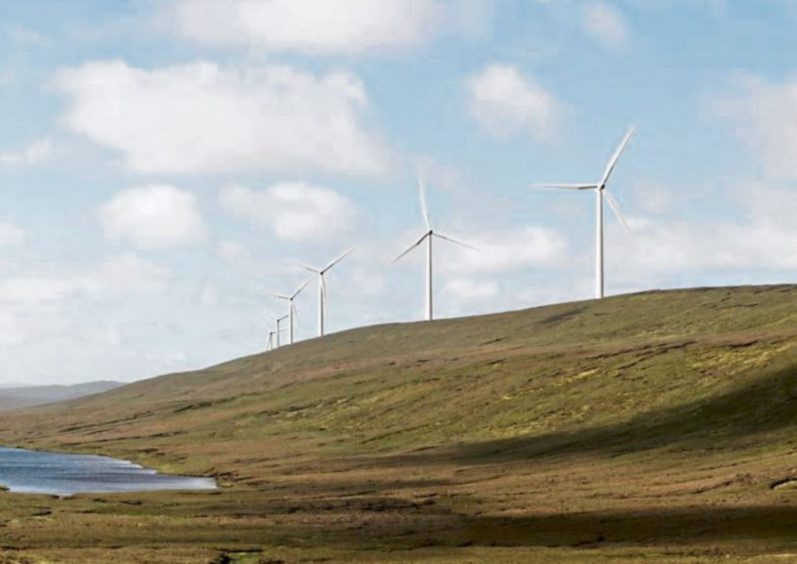
As Cop26 draws closer and closer, Scotland has the opportunity to show its strengths in renewable energy technologies and climate change initiatives.
Though closer to the Faroe Islands than to Edinburgh, the Shetland Islands and the Orion (opportunity, renewables, integration, offshore networks) Clean Energy Project could have an important role in helping decarbonise Scotland.
In the 1970s, Shetland experienced an economic boom that came alongside the discovery of oil in the North Sea. Today, a significant part of Shetland’s economy remains reliant upon the existing oil and gas industry. It is now clear that existing and future oil and gas extraction must be decarbonised to reach and surpass national net zero goals and enable transition away from the general reliance on hydrocarbons.
Shetland is known for its vast renewable tidal, offshore wind and onshore wind resources.
The Viking Energy wind farm, which is currently under construction on mainland Shetland with 103 turbines, is projected to be the UK’s most productive onshore windfarm. When commissioned in 2025 it will be capable of renewably generating all local energy needed for electricity in Shetland; however, that only accounts for just 13% of the current energy mix.
Plans are in development to transition more domestic and business energy consumption to green electricity, but ensuring affordability is another challenge to overcome, making the “Shetland Tariff” a key ambition for the islands.
Shetland has needed to import the fossil fuels necessary for daily life and economic prosperity, despite vast crude oil and raw gas exports from the Shetland terminals, but Shetland is now investigating if all fuel production could be located on the islands to create energy security and self-sustainability from clean energy sources. Hydrogen production options are being explored to use the islands’ natural resources to produce green hydrogen and transition marine fleets to alternative fuels.
While a new electrical power interconnector is under construction to link the isles to mainland Scotland, its capacity will not meet the anticipated volumes of renewable energy that could be generated on and around Shetland.
Hydrogen production in Shetland could create a new economic market for local hydrogen use as well as exporting nationally and internationally through the existing connections to the UK mainland and Europe. This new industry in Shetland would utilise the longstanding local energy knowledge and skills of the current workforce as well as create new jobs for a just transition away from oil and gas to clean energy.
The maritime industries in Shetland contribute around one third of the region’s economy. The Shetland fishing sector lands nearly 25% of Scotland’s fish and around 20% of UK fish making this industry a key asset for the local and national economy. However, maritime transport and fishing account for 20% of Shetland’s emission making it a key sector to decarbonise.
Orion supports Back the Scottish Cluster campaign to see Shetland
and Scotland become leaders in decarbonising hard-to-transition industries that help Shetland and Scotland prosper.
Andrea Grochowski is the future energy communications officer for Shetland Islands Council and the Orion Clean Energy Project. She is writing in support of the Back the Scottish Cluster campaign.
 © Supplied by ORION
© Supplied by ORION